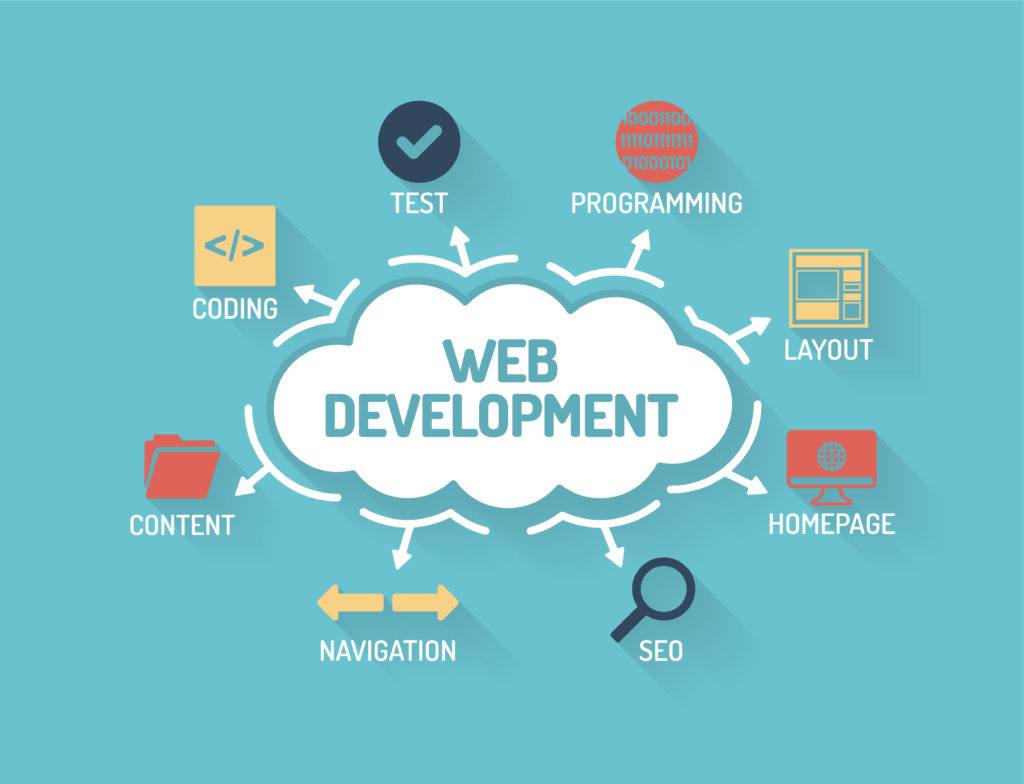A Beginner’s Guide to Web Development Basics
Web development is a constantly evolving field with new technologies and methodologies emerging frequently. It can be overwhelming for a beginner to understand all the concepts and tools involved. In this blog post, I will introduce you to the basics of web development, making it easy for you to understand what it takes to create a website from scratch.
Understanding HTML and CSS
HTML (HyperText Markup Language) is the foundation of every webpage, and CSS (Cascading Style Sheets) is used for styling the HTML elements. HTML defines the structure of the web page, and CSS provides the layout and design. You need to learn HTML and CSS before moving on to more complex web development languages.
Setting up a development environment
To start with web development, you need to have a text editor to write the code, and a browser to test it. There are plenty of free options available like Visual Studio Code, Sublime Text, Google Chrome, and Firefox. Installing the browser developer tools can also help you debug and inspect the elements on your web page.
JavaScript and jQuery
JavaScript is a scripting language used to create dynamic web pages and it’s one of the most essential programming languages for web development. jQuery is a JavaScript library that simplifies the process of writing JavaScript code and offers a wide range of pre-built functionalities. It’s essential to know both of these languages to create interactive and responsive websites. Learn more about Web Development at https://the-saltstore.com/

Responsive Web Design
More than half of all web traffic comes from mobile devices, so creating a responsive design is critical for any website. Responsive web design is the process of creating a website that adapts to different screen sizes automatically. CSS frameworks like Bootstrap and Foundation make it easier to create responsive designs, but a fundamental understanding of responsive design principles is still required. To learn more about Responsive Web design click here.
Hosting and Deployment
After completing your web development project, you need to get it online. Hosting your website involves buying a domain name and finding a hosting provider that can store your website data and make it available to the public. Deploying your website involves uploading your code to the server, configuring the server and domain settings, and making it accessible through the internet. This can be done using FTP clients, cPanel, or other server management tools.
Conclusion:
Web development is a vast field, but mastering the basics can help you create engaging and interactive websites. In this blog post, we covered the essential concepts like HTML, CSS, JavaScript, and jQuery, along with the setup of a development environment, responsive design, and hosting and deployment. Learning web development takes time and effort, but with a little dedication and practice, anyone can become a web developer. So roll up your sleeves and get ready to create your own custom website!
